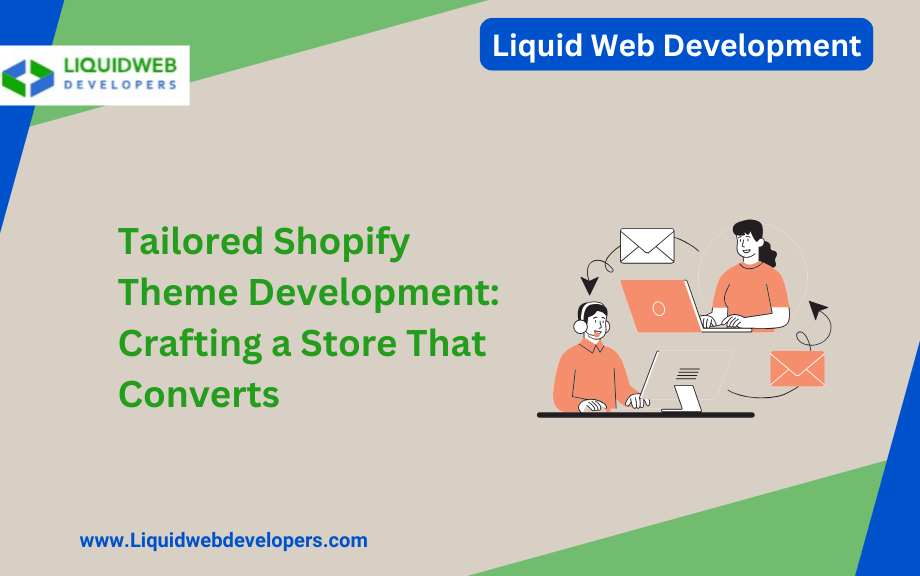In the crowded world of e-commerce, your Shopify store’s design isn’t just about aesthetics—it’s your silent salesperson working 24/7. While off-the-shelf themes offer convenience, they often fall short in delivering the unique shopping experience today’s customers expect. This is where professional Shopify theme development becomes your competitive advantage.
The Hidden Costs of Generic Themes
Many store owners don’t realize how much revenue they’re leaving on the table with pre-made themes:
- Conversion killers: 94% of first impressions are design-related, yet most themes use the same tired layouts.
- Performance bottlenecks: Bloated code in popular themes can slow loading times by 2-3 seconds.
- Brand dilution: When your store looks like countless others, you lose memorability.
What Truly Custom Theme Development Delivers
1. Conversion-Focused Architecture
Professional developers build themes with psychology-driven design principles:
- Strategic placement of CTAs based on eye-tracking studies
- Dynamic product showcases that adapt to browsing behavior
- Checkout flows optimized to reduce abandonment
2. Technical Excellence Under the Hood
Beyond what customers see, premium development ensures:
- Lighthouse scores consistently above 90
- Properly structured data for rich snippets in search
- Future-proof code that won’t break during updates
3. Merchandising Superpowers
Custom themes enable innovative product presentation.
- 360° view integrations without clunky apps
- Contextual upsell triggers based on cart contents
- Seasonal layout variations that update automatically
Finding the Right Development Partner
The market is flooded with “Shopify experts,” but true specialists exhibit:
- Portfolio Depth—Look for case studies showing measurable improvements in conversion rates and load times, not just pretty designs.
- Technical Transparency—They should explain their stack (typically Liquid, Vue.js, and Tailwind CSS for modern builds).
- Post-Launch Roadmaps—The best developers plan for iterative improvements post-launch.
The Investment Equation
While custom development costs more upfront, the math often works in your favor:
- A 1% lift in conversion on a $100k/month store pays for the investment in <3 months.
- Improved load times Reduce ad spend waste (slow sites have 50% higher CPA).
- Unique designs command 20-30% higher perceived value.
Getting Started Right
For store owners considering custom development:
- Audit First—Use tools like Hotjar to identify where your current theme fails users.
- Benchmark—Study competitors’ implementations (good and bad).
- Prioritize—not every feature needs to be in V1—focus on what moves needles.
The most successful Shopify stores treat their theme as a living asset, not a one-time project. With the right development approach, your storefront becomes not just a place to browse but an experience that compels action.
 :
https://in.pinterest.com/liquidwebdevelopers/
:
https://in.pinterest.com/liquidwebdevelopers/

